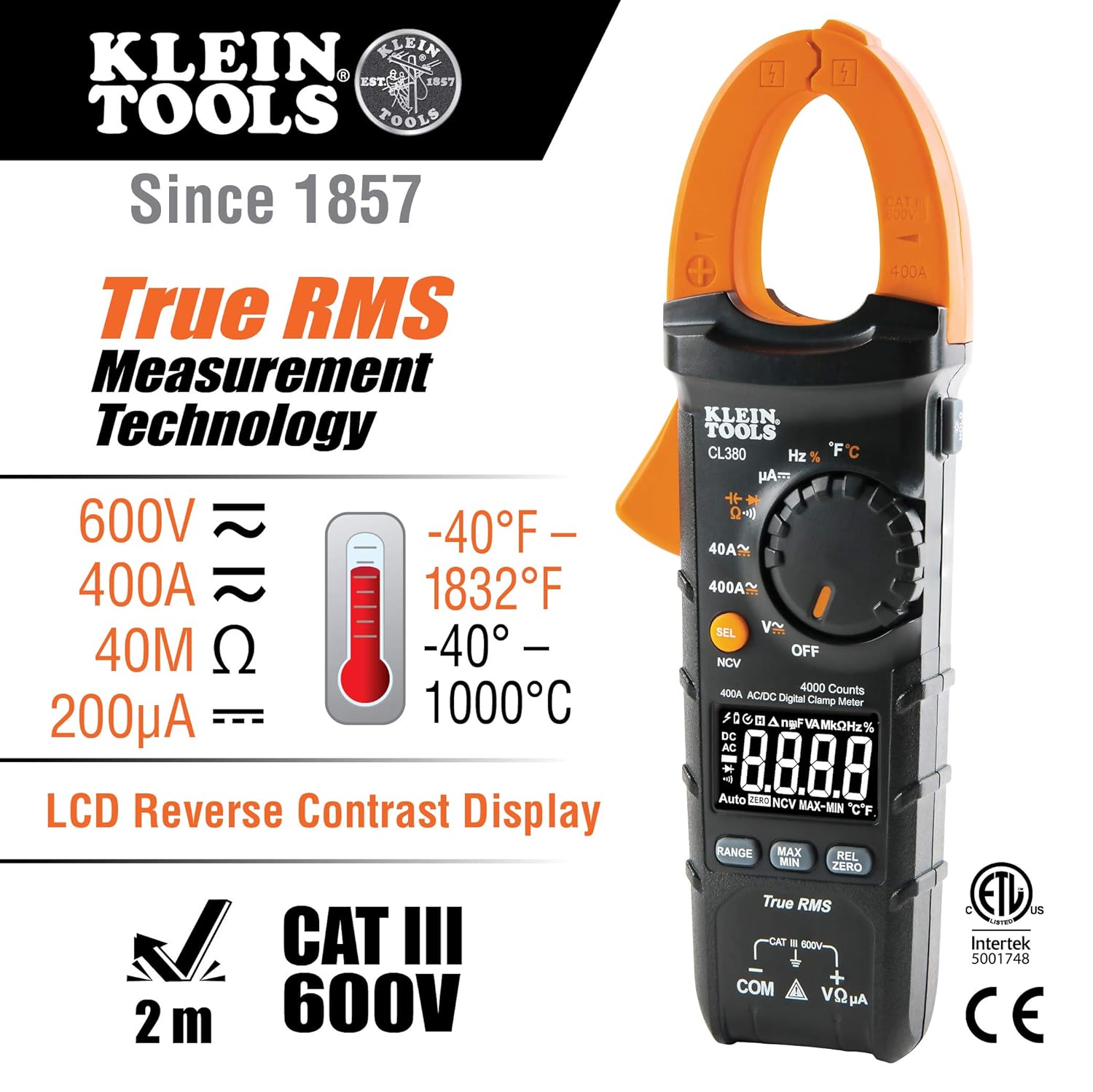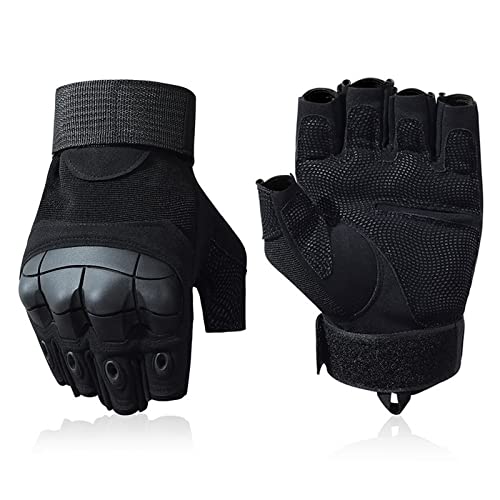OK, I've obtained a tester:
https://www.bing.com/search?q=schumacher%20bt%20100%20youtube&qs=SC&sk=SC4&pq=schumacher%20bt100&sp=5&sc=6-16&form=BDKTMA&pc=BDT1&shash=&BDParam=0000&mkt=en-US
1. The battery in the bike, although it's not been on charge for a couple of days, reads ~12.8.
The FJR shop manual reads "=>12.8 charge complete, =<12.7 charge, <12.0 replace".
2. The tester has a button that's used for "load". Once the clips are connected to the battery,
the button is depressed(<10 seconds) to measure this load. The measurement drops to
~10.4, and the unit begins to get very hot. For my testing, the unit registered readings
very similar to this video

My readings appeared just a little higher, maybe due to new battery)
https://www.bing.com/videos/search?q=schumacher+bt+100+youtube&view=detail&mid=D0EB540398059478E9EAD0EB540398059478E9EA&FORM=VIRE
Of course, I'm unable to measure the charging system.
3. At
https://www.yamaha-dealers.com/public/web/techpubs/nhtsaPublications.html You can
review the status of recalls on your bike, via the VIN lookup. My bike shows all recalls as
completed. except the "Wire Harness Assy". However, reading the 11V-338 document, it
seems to indicate the "Wire Sub Lead" as alternative. Is the single black wire connected
to my battery negative post, the "Wire Sub Lead" referenced here? Is this "Wire Sub Lead"
supposed to provide some backup ground connection? Could it be faulty?
4. I did notice that the severity of the problem(s) with my bike has increased somewhat. I now
see that the odometer reads "12" at ignition on. I'd have to review previous notes, but I
believe this also occurred during my previous 2017 saga of same behavior.
5. I also removed, cleaned fuse receptacle with compressed air, and re-seated fuses on the
inboard receptacle. Without benefit. I've not done the outboard receptacle as yet.
6. Is the Starter Relay located somewhere near the battery? I assume a panel removal will
be required for adequate access?
7. With the exception of the odometer, al other electrical items seem to work fine. windshield,
hazard flashers(and I assume signals), Instrument panel information, etc. I don't recall
checking the time, taillight, brake light, obviously, no headlight until start.
8. I also obtained a Battery Tender(022-0186G-DL-WH). Ensuring that my previous charger
was not defective in some way. The BT works well. It begins with the amber glow, and then
adds flashing green. In a very short time, the flashing green goes solid, and the amber
drops. It does seem like this sequence will be repeated without regard to how recent the
last charge occurred. IOW, If the battery sat on solid green charge all night, and I disconn-
ected/reconnected, it seems like the amber/green sequence would still repeat.
9. I also visited the FJROwners site, and snooped around concerning my nostart problem.
Maybe it's just me, but they seem to have a lot more conversation(s) on the topic. Of
course, they may be a lot older also. I believe they're out of UK/Canada, and probably
had FJR's before US. I know I saw some reference(s) to 2001 models.
Thanks.





















































